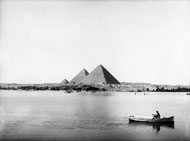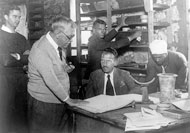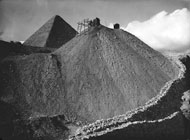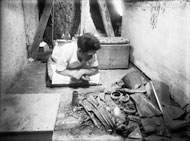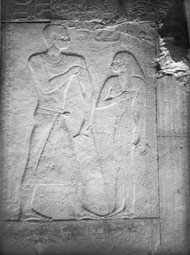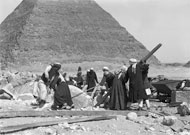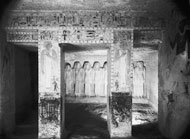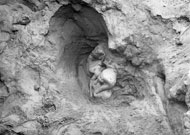 |
 |
||||||||||||||
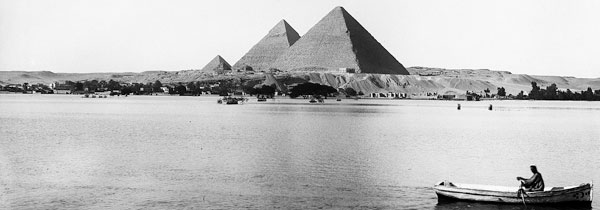
Finding the Pharaohs
In photos from the Giza Archives Project, the early days of Egyptology come back to lifeFor 40 years before his death in 1942, a larger-than-life Indiana native named George Reisner reigned over the excavation of the Giza Necropolis, home of the Sphinx and the Great Pyramid. Considered by many to be the father of scientific archaeology, Reisner cared about documentation, not treasure hunting. He unearthed a breathtaking collection of antiquities, much of it now housed at Boston’s Museum of Fine Arts (MFA), which, along with Harvard University, funded Reisner’s work. Being a careful chronicler, he also amassed thousands of documents, maps, and photographs. There are far more items than any museum could display.
The whole vast assortment is gradually becoming available online, thanks to the Giza Archives Project (www.mfa.org/giza). The project’s director, Peter Der Manuelian—a lecturer in Egyptology and archaeology in Tufts’ Department of Classics—has enlisted hundreds of Tufts students and other volunteers to help sort and digitize the archive’s contents. “Through technology, we can put the archaeological site of Giza together again,” he says.
Visitors can view the striking dark-stone statue of the pharaoh Menkaure standing beside an unknown queen, now on display at the MFA. Then they can read Reisner’s diary entry for January 18, 1910 (the day the statue was discovered), view other statues with similar features, and download reference works. They can also ponder photographs from various stages of the statue’s excavation.
The latter are among some 21,000 black-and-white photographs from Reisner’s expeditions. Most were taken by Egyptian members of Reisner’s staff, who were trained to shoot and develop the large-format, glass-plate images. The most prolific of the Egyptian photographers was Mohammedani Ibrahim, who took 9,321 photos. Reisner himself took 2,507. During Reisner’s time, says Manuelian, the prints were used “for study, for shipping back to Boston, and for publication in Reisner’s books and articles.”
Today, as urban encroachment and climate change eat away at Giza’s antiquities, the photos serve another purpose: they provide a way to cheat fate. “These photos become more, not less, valuable with time,” Manuelian says. We have asked him to guide us through some of the archive’s photographic treasures.
